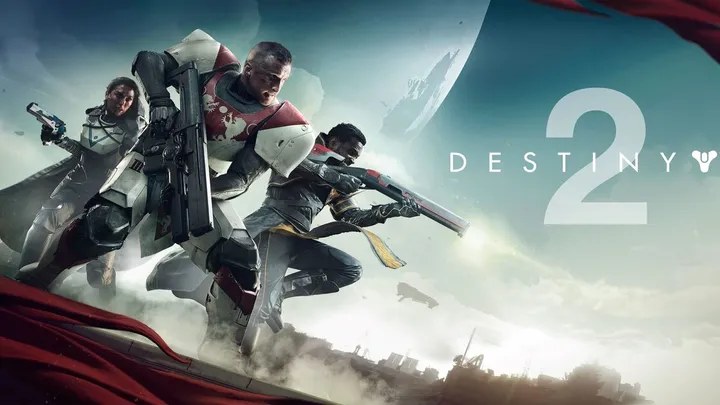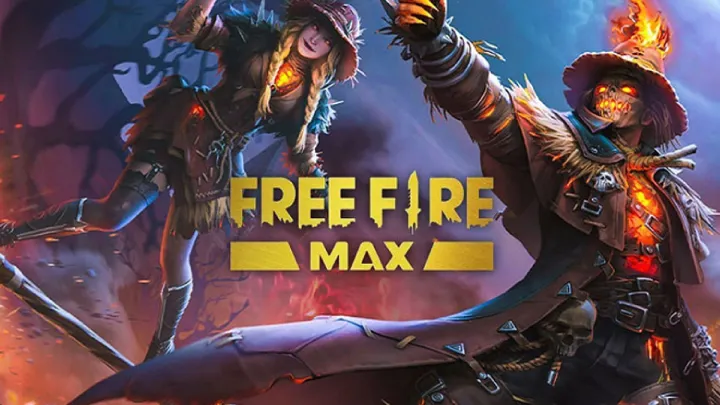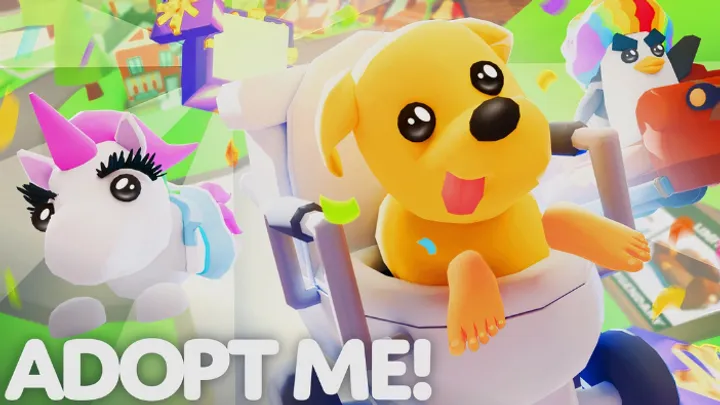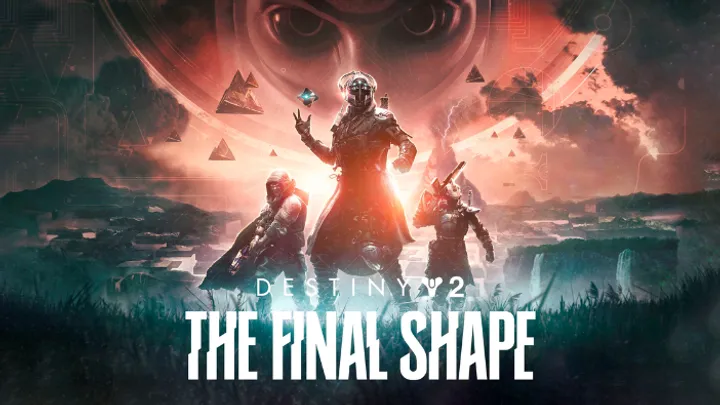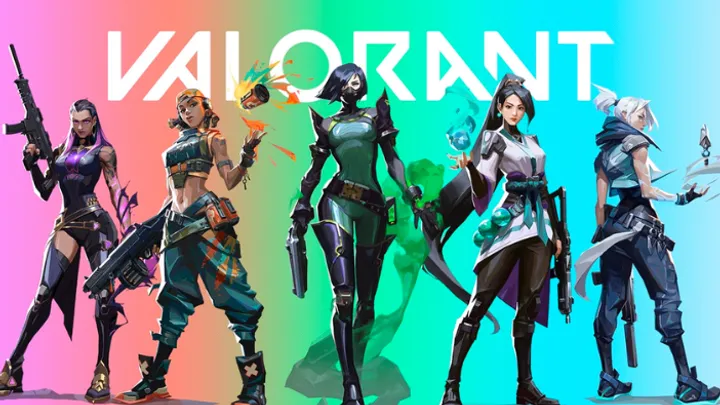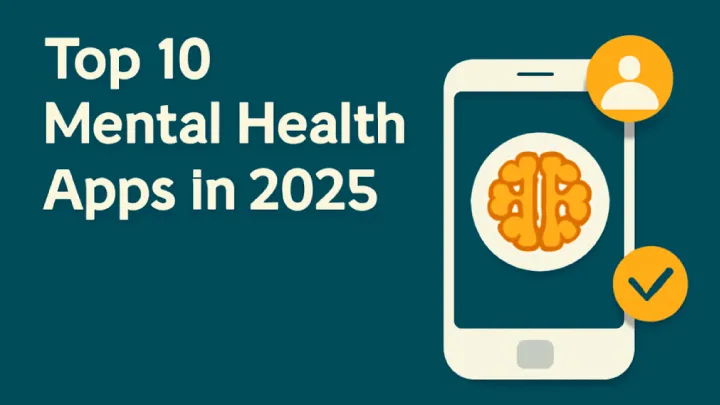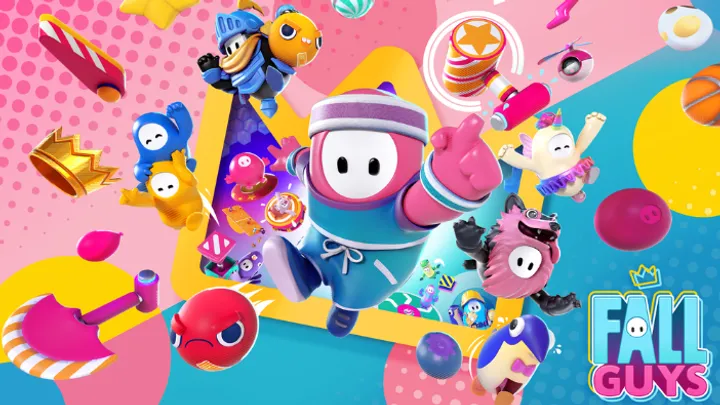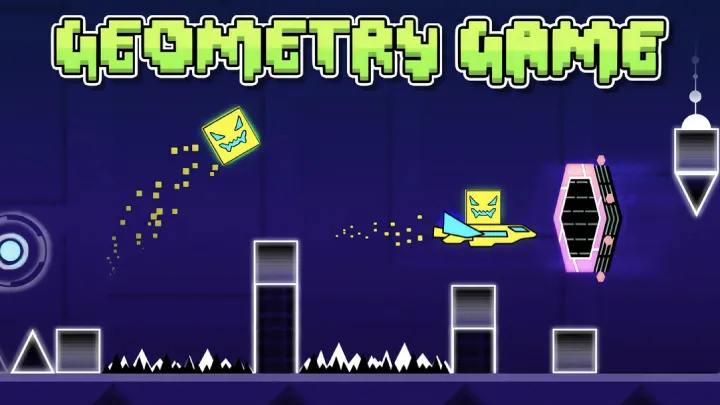For decades, the Madden NFL series has stood as the definitive football simulation in the gaming industry. Every year, fans debate whether Electronic Arts has truly delivered innovation or simply re-polished the same formula. Madden NFL 26, the latest release in 2025, enters the conversation with both promise and skepticism. Its updates aim to merge authenticity with accessibility, adding layers to gameplay, visuals, and management modes that continue to define the franchise. But does Madden NFL 26 move the needle in meaningful ways, or does it simply ride the momentum of brand loyalty?
This feature takes a comprehensive look at Madden NFL 26, the new updates in 2025, and what they mean for the future of football gaming. From on-field mechanics and Franchise Mode improvements to presentation details and community reactions, the following exploration offers a complete picture of how this year’s installment shapes the virtual gridiron.
The Evolution of Gameplay Mechanics
Madden NFL 26’s biggest talking point lies in its gameplay refinements. Developers promised a re-engineered physics engine, focusing on player weight, momentum, and body positioning. On release, the difference is noticeable. Tackling feels less scripted, with momentum-driven collisions producing a wider variety of outcomes.
For quarterbacks, the new accuracy meter expands the skill gap. Players now need precise timing and awareness of defender proximity to complete throws. The updated passing system rewards calculated risks and punishes reckless decisions. Wide receivers benefit from smarter route-running AI, making cuts sharper and more responsive to defensive adjustments.
One subtle yet impactful change is stamina management. Fatigue plays a bigger role this year, forcing players to rotate running backs, receivers, and defensive linemen more frequently. This update mirrors real NFL strategy, pushing gamers to think like coaches instead of just play-callers.
Offensive Innovations and Challenges
On the offensive side of the ball, Madden 26 introduces new playbook options that replicate modern NFL schemes. Coaches like Andy Reid and Kyle Shanahan influence play designs, including creative motions, RPOs (run-pass options), and misdirection plays. This variety makes offensive play-calling more dynamic, giving players tools to counter aggressive defenses.
However, mastering the system is not easy. Mistimed motions can throw off timing, and RPO mechanics demand split-second reads. Newcomers may feel overwhelmed, while veterans celebrate the depth. The design team seems to lean toward realism over accessibility, a bold choice that makes Madden 26 more rewarding for those willing to learn.
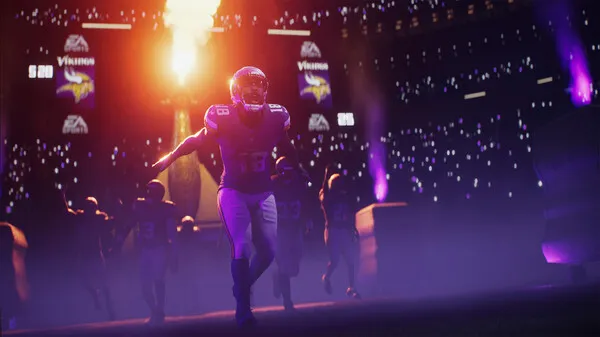
Defensive Overhaul and Smarter AI
Defense in Madden 26 receives significant attention, addressing long-standing community frustrations. The new AI is more adaptive, disguising coverages and shifting formations mid-play. Safeties read quarterback eyes more effectively, while linebackers react to play-action with greater intelligence.
The introduction of defensive play-calling “packages” is another standout feature. Instead of flipping through formations one by one, players can select pre-built packages tailored to stop specific offensive threats. This streamlines defensive strategy while adding complexity for high-level competition.
Still, the learning curve is steep. Mistakes on defense are punished brutally, as the AI quarterback and receivers exploit blown coverages. While some fans praise the challenge, others argue that casual players may find themselves overmatched.
Franchise Mode: A Step Forward but Still Familiar
Franchise Mode remains a cornerstone for Madden loyalists, and Madden 26 brings updates that partially answer years of community demands. The scouting system is more detailed, offering expanded prospect profiles, personality traits, and interview sequences. The draft-day experience is cinematic, with a new war-room presentation that immerses players in the high-stakes environment of team building.
Contract negotiations have also been upgraded. Player morale, team culture, and performance incentives now influence discussions. A star player may refuse to sign with a losing franchise unless certain promises are made, forcing players to balance short-term results with long-term planning.
However, the mode is not without criticism. While the presentation feels new, the underlying systems remain largely unchanged. Depth in areas such as coaching carousel, relocation options, and financial management remains limited. Hardcore fans who crave a full simulation of the NFL business may still feel underwhelmed.
Ultimate Team and the Monetization Question
Ultimate Team, Madden’s most profitable mode, sees incremental updates rather than sweeping changes. Card art, seasonal programs, and live challenges return, giving fans reasons to log in daily. A new chemistry system allows greater customization of player synergies, creating more variety in lineup building.
But the shadow of monetization looms larger than ever. Critics argue that progression is still heavily tilted toward those willing to spend real money. While Madden 26 introduces more ways to earn rewards through gameplay, grinding remains time-consuming. Community conversations often focus less on gameplay quality and more on whether the pay-to-win structure undermines competitive fairness.
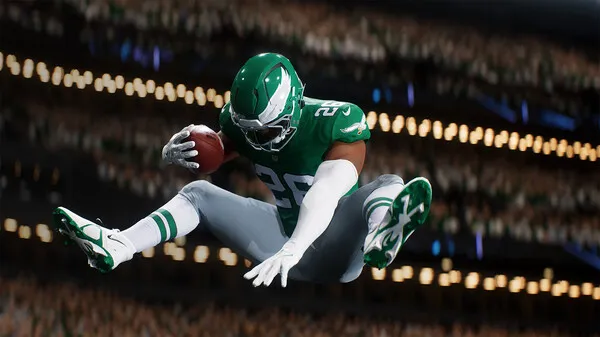
Presentation and Immersion
If there is one area where Madden 26 shines consistently, it is presentation. Stadium lighting, crowd animations, and broadcast overlays look sharper than ever. Commentary has been refreshed with more context-specific lines, making games feel less repetitive. Sideline interactions, halftime shows, and post-game interviews add layers of realism to the NFL simulation experience.
The developers have also leaned into story-driven immersion. In Franchise Mode, press conferences and locker-room speeches are more dynamic, reflecting recent performance and morale levels. While some of these cutscenes risk becoming repetitive, they add flavor to a mode that has often been criticized for dryness.
Online Competitive Play
For many, Madden lives and dies by its online competitive ecosystem. Madden 26 makes strides here, improving matchmaking and server stability. Lag spikes that plagued earlier versions are less frequent, though not entirely eliminated.
Gameplay balance remains a hot topic. While passing and tackling feel more authentic, some players argue that blitz-heavy defenses dominate too easily online. EA has already promised tuning patches based on community feedback, acknowledging the importance of a balanced meta.
The competitive Madden Championship Series continues to grow, with Madden 26 serving as its backbone. Esports players welcome the deeper playbooks and refined mechanics, noting that skill expression feels more visible than in previous titles.
Community Reaction in 2025
The Madden community remains divided in 2025. Casual players appreciate the visual polish and smoother gameplay, while hardcore fans demand more radical Franchise Mode overhauls and less emphasis on Ultimate Team monetization. Social media buzz highlights both excitement for the new passing system and frustration with the grind-heavy economy.
Fan-created sliders and custom rosters continue to thrive as tools to fix perceived shortcomings. The modding community, particularly on PC, pushes Madden 26 beyond its base offering, creating unofficial updates that often resonate more deeply with simulation purists than EA’s own patches.
Madden in the Context of Sports Gaming
Madden NFL 26 arrives in a competitive sports-gaming landscape. Titles like NBA 2K and FIFA continue to push boundaries in career modes, presentation, and online ecosystems. Madden’s challenge is to evolve while retaining its identity as the definitive football simulation.
Compared to rivals, Madden 26 excels in authenticity and NFL partnership integration but still lags in innovation for offline modes. As sports games increasingly embrace live-service models, the balance between monetization and meaningful content becomes the defining question.
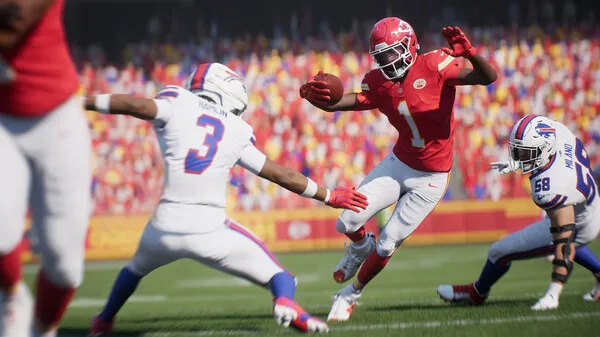
Looking Ahead: The Future of Madden
Madden NFL 26 represents both progress and caution. Its gameplay refinements show that EA is listening to fans, particularly around tackling physics and defensive AI. Presentation continues to dazzle, ensuring Madden remains a polished spectacle.
Yet the long-term success of the series hinges on deeper investment in Franchise Mode and fairer approaches to monetization. As the NFL and gaming technology evolve, players will expect more dynamic ecosystems, personalized stories, and strategic layers that go beyond visuals.
The Madden franchise is at a crossroads. Madden 26 satisfies the present but also highlights the work that remains for the future.
Conclusion
Madden NFL 26 delivers a more refined football experience with new passing mechanics, smarter AI, and immersive presentation. Its Franchise Mode adds useful updates but still stops short of revolution. Ultimate Team remains lucrative but controversial, while online competition thrives amid balance debates.
The 2025 edition of Madden succeeds in bringing the NFL to life, but its legacy will be judged by how much it grows from here. For fans, Madden 26 is both a celebration of progress and a reminder that the perfect football simulation is still just over the horizon.





